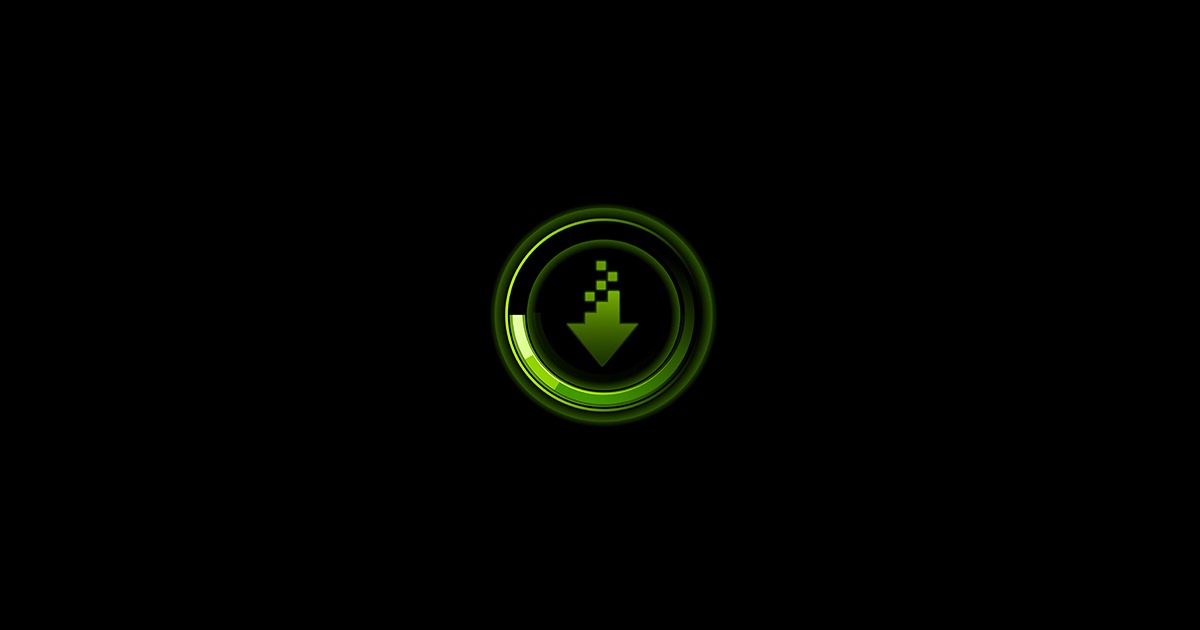It should be like the below
View attachment 153469
Thanks again Mike, that seems to have done the trick now it's ignoring static plates as expected.
For whatever reason lately my plate make times seem to be a lot longer than before. Like ~800msec avg, up to 1500 when it is reading a second static plate. When I test images in the cpai explorer, it sometimes gets 400-500msec at first, but goes down to ~150msec after "warming up". It appears the alpr for BI doesn't seem to get warmed up the same, IDK. It could also be due to me splitting off the combined model for my lpr cam to a clone cam (so simultaneously triggered plate and combined). The rest of the AI modules are returning fast as expected (~75msec with the p400 gpu, including the new lpr clone running combined). Whenever ken gets around to streamlining alpr calls (picking highest non-static ocr return), it should improve some. However I'm wondering if my apparently "never warming up" plate module setup needs work.
Edit: Also, I've noticed consistent problems with the OCR recognizing "4" as an "L", even when it's a really clean cap. I noticed it seems dark plate frames make the problem worse. The california 4 is similar to L, but pretty sure it can be trained to fix this. Let me know if sending images will help.
Last edited:



